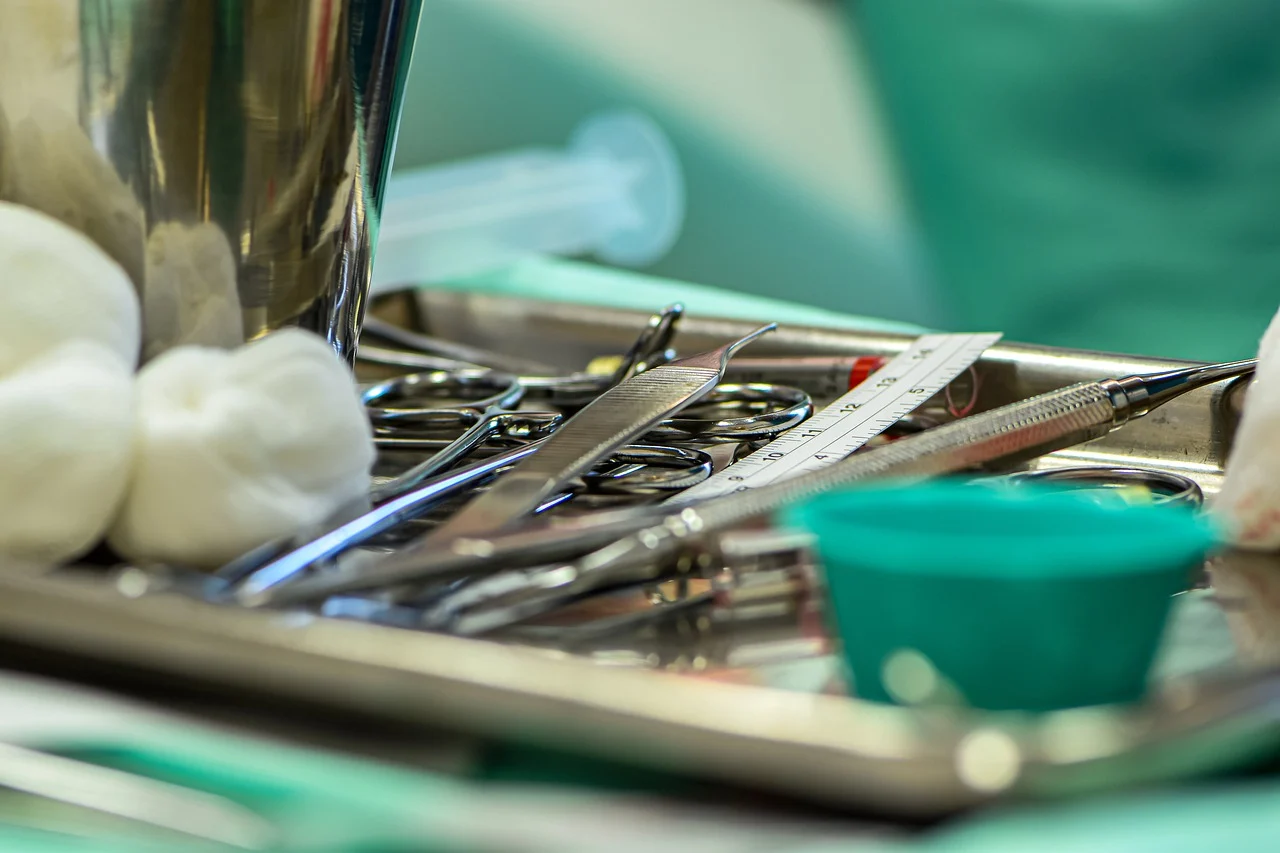
Beneath the organ trade: a critical analysis of the organ trafficking discourse
Abstract
This paper critically examines how the organ trade fits into the human trafficking discourse. The organ trade involves diverse actors and consists of various practices, i.e. organ trafficking, transplant tourism, organ sales and organ harvesting. Nevertheless the organ trade is predominantly defined in terms of organ trafficking. Although organ trafficking is a major concern it is not representative of the phenomenon as a whole. Evidence based research indicates that the organ trade is better characterised by organ sales and transplant tourism. This paper argues that co-opting the organ trade into the ‘meta- narrative’ of human trafficking resists a wider critique of the phenomenon linking the emergence of a global market in organs to broader socioeconomic conditions. Further it is argued that the organ trade is not a direct consequence of the global shortage of organ supplies, but is rather linked to the transfer of transplant capabilities to the global South. The rhetorical positioning of the organ trade as an object of crime control diverts critical attention away from the transplant industry and frames the phenomenon within a narrow criminal paradigm. Formulaic criminal responses follow which overlook important intersections of agency, identity, culture and politics.
Introduction
In the past few decades organ trafficking has emerged from the easy horror of sciencefiction to the unsettling reports of the international community ([35, 110]: para 138). Since the 1980s rumours began to surface about various cases of organ theft in the popular press. Numerous speculative accounts of treacherous prostitutes drugging unsuspecting clients, who later wake up in a bath tub only to discover they are missing a kidney, were circulated via the world’s media [49]. Accusations of child abductions by eye thieves followed, claiming that eyes had been forcibly removed from children for sale to private eye banks [16]. However, it was the ‘baby parts’ rumour that circulated widely in Latin America, that first prompted political attention at the international level. In a report submitted to the United Nations Working Group on Slavery by the International Association of Democratic Lawyers it was alleged that children were being kidnapped from orphanages in Guatemala and trafficked to the United States, to serve as spare body parts for affluent recipients ([111]: 9). The report was vigorously denied by the United States Information Agency which claimed that such rumours had no basis in reality [70]. Further investigation into these allegations could not find reliable information to substantiate the claims [98]. Social scientists, like Veronique Campion-Vincent and Alan Dundes corroborated this scepticism about the organ trade, arguing that the organ theft story is a contemporary reinvention of ancient body-stealing narratives, which include tales of liver eating Pishtaco monsters in the Andes, and accusations of Jews drinking blood from Christian babies [16, 43]. However, as recent cases in South Africa [108] and Kosovo [78] have demonstrated, the organ stealing motif is much more than a gothic subtext to film and fiction; it is part of a complex and multifaceted phenomenon presenting a unique challenge to law, policy, ethics and medicine. The organ trade involves diverse practices: organ trafficking (trafficking in persons for the removal of organs), organ sales (the commercial exchange of an organ(s)), organ harvesting (the forcible removal of an organ(s)), and transplant tourism (travelling across state borders to purchase an organ(s)). Nevertheless, the organ trade is predominantly defined in terms of organ “trafficking”. Although there can be some overlap between the different aspects of organ trading (i.e. when travel for transplantation involves an organ harvested from a trafficked person) the emerging discourse on the organ trade applies the term organ trafficking interchangeably without distinction as to the variable aspects involved. Hence, the phenomenon as a whole is represented as an issue of organised crime and human trafficking ([95]). Legislative responses reflect this interpretative bias: (1) concentrating efforts on increasing the donor pool by “legitimate” means to offset the demand for illegally sourced organs and (2) applying formulaic criminal prohibitions against organ sales. Yet, this response only addresses part of a much broader issue grounded in economic inequity, manifest in the uneven development of ‘transplant capabilities’ in the global south. Despite concerns over organ trafficking, the majority of writing on the organ trade is subsumed by a bio-ethical debate contesting the pros and cons of a regulated market in organs [18, 40, 51, 94]. While the importance of the moral issues raised by organ sales should not be downplayed there is a need for a more nuanced account of the mechanisms of organ trading, linking the emergence of the organ trade to wider political, cultural and socioeconomic factors. Accordingly, this paper advances a more substantive analysis of the various aspects of organ trading, examining the conceptual bias of the organ trafficking discourse and critically evaluating the underlying conditions beneath the organ trade. It investigates what assumptions are made in regards to this problem, by whom and for what purpose(s), through the following questions: How does the organ trade fit into the antitrafficking framework? To what extent is the organ trade linked to the global shortage of organ supplies? What role has the transplant industry played in increasing the demand for illegally sourced organs?
Read more here.
